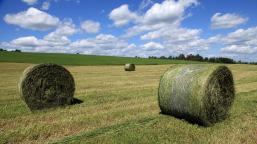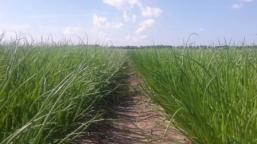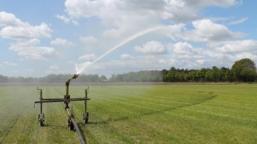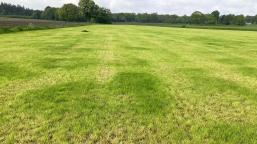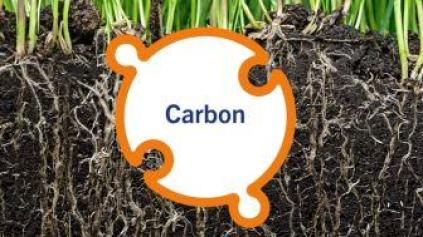
Presence of carbon in Dutch agriculture
27 October 2023 - Soil Carbon Check
Soil Carbon Check is designed to measure the carbon present in soil. In this case study we researched the current status of soil organic carbon of agricultural land in the Netherlands.
Read more
